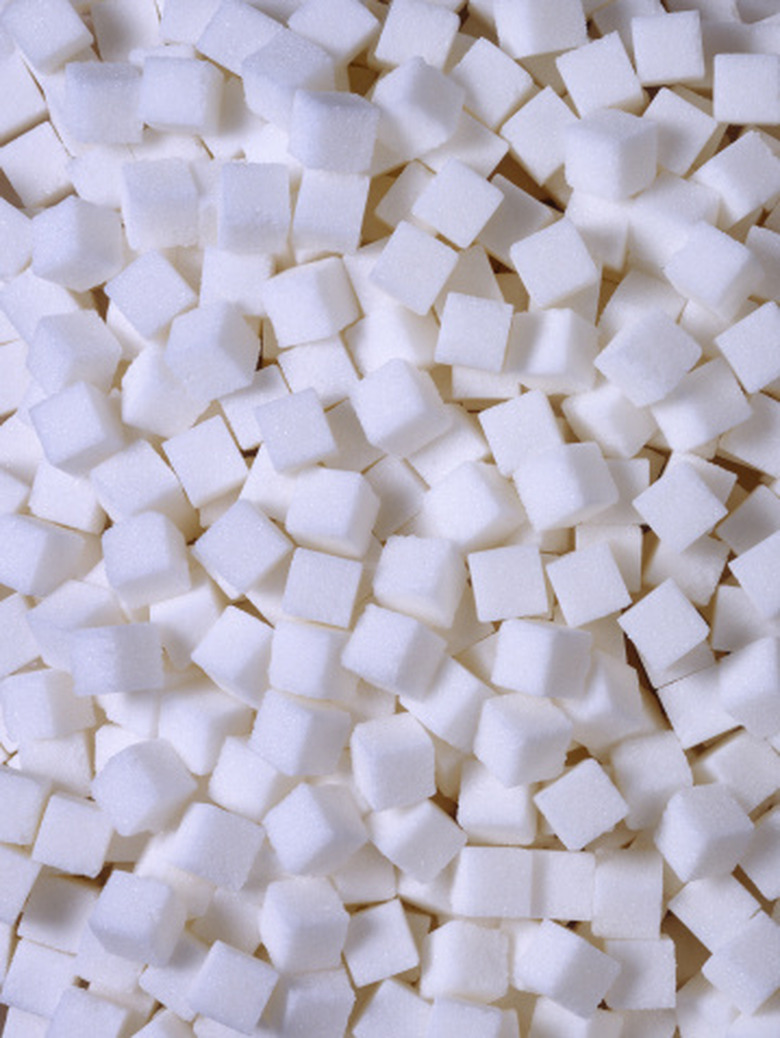How To Fertilize With Sugar
Chemical fertilizers can damage the roots of a plant if not used properly, which is why natural methods can help. You can use sugar fertilizer to give weaker plants or growing plants a boost. Sugar fertilizers come in different forms: white refined sugar, molasses or honey. Plants use photosynthesis to produce sugars that they will nourish from. Thus, it makes a lot of sense to fertilize your plants with a sugar form, may it be from honey, molasses, sugar or carbohydrates.
Step 1
Put 1 teaspoon of honey in 3 quarts of water and water plants every two weeks. Use honey regularly because it contains a natural antibiotic that prevents fungus invasion.
Step 2
Mix 2 teaspoons of refined white sugar per gallon of water. Water your plants with this solution once a month. Do not use too much sugar. Sugar facilitates the growth of fungus and attracts insects, especially ants.
Step 3
Spray dry molasses directly over your plants. If you want to fertilize a large area like your lawn, use 2 pounds per 100 square feet. Spray the molasses when the soil is dry and there is no chance it will rain the same week. Dilute 1 ounce of molasses with 1 gallon water and spray your plants. To spray a larger area, mix 2 quarts of molasses per acre. One quart is equal to 32 ounces, so dilute 2 quarts in 64 gallons for 1 acre of land. Molasses does not attract insects. It is made from sugar cane instead of refined sugar. According to Bright Hub, molasses repels fire ants, so it will not attract pests.
Tip
Use rice water instead of sugar on a regular basis because rice water contains all the excess sugars and carbohydrates your plants need from rinsing the rice. Water sugar helps kill weeds in your lawn. Weeds have deep roots while grasses have short roots. Sugar stimulates the grass while depriving the weeds of nutrients by reducing the nitrate level of the soil. "When sugar is spread on the soil, it feeds soil micro-organisms, which then absorb lots of soil nutrients as they grow," explains Dr Ian Lunt. "The micro-organisms then hold these nutrients so the weeds can't gobble them up. In effect we are 'starving' the weed species that require lots of nutrients to grow."
Warning
Sugar stimulates rapid foliage growth but does not stimulate roots. Use B1 solution with the water sugar fertilizer to stimulate the roots. Keep your sugar solution low if you want your plants to thrive. Too much sugar produces the opposite. Sugar does not fertilize. Sugar nourishes the beneficial microbes that in turn enrich the soil. When the microbes multiply too fast, they deplete the soil from nutrients. Check the plants regularly for fungus because fungus typically feed on sugars. Choose high quality dry molasses with at least 42 percent sugar in it. Use darker, organic, richer in nutrients liquid molasses.
